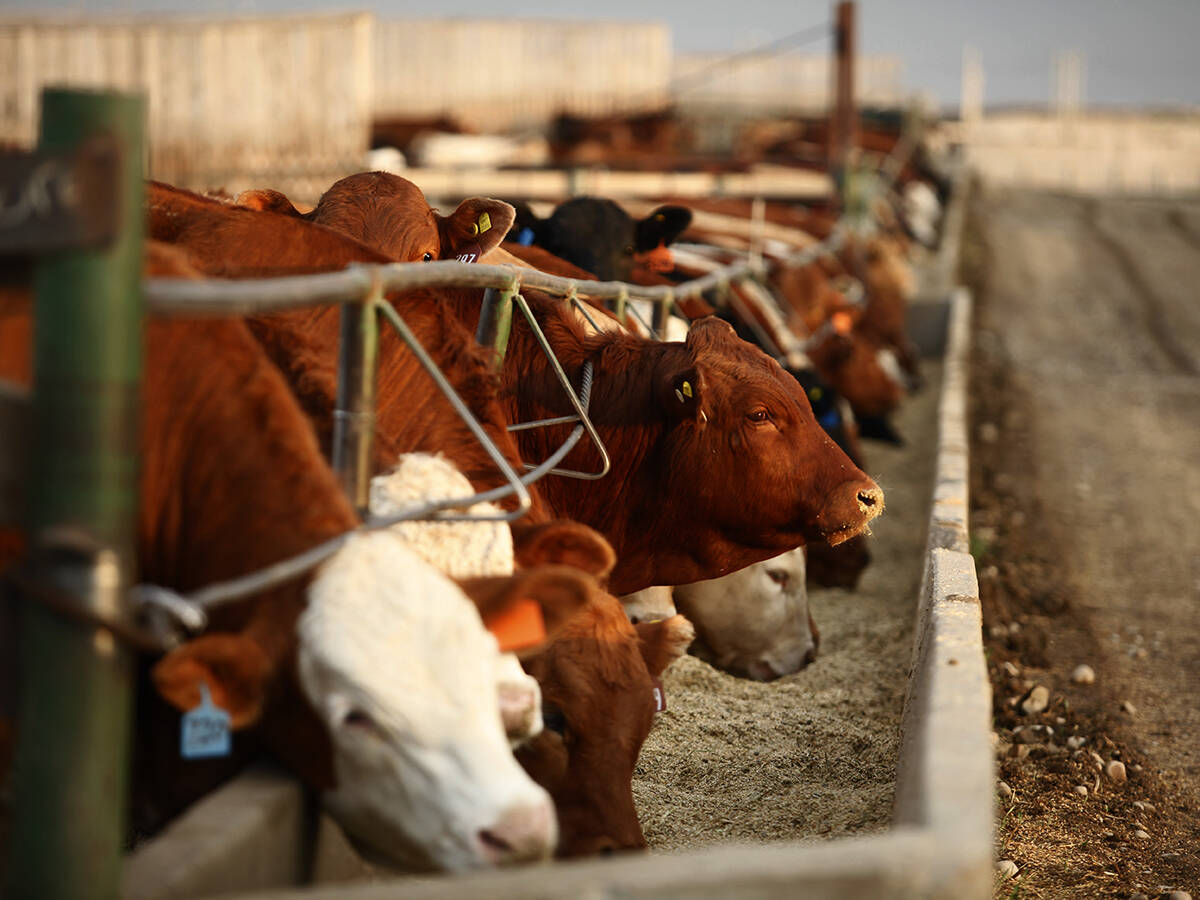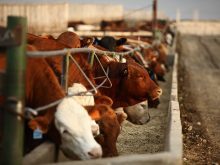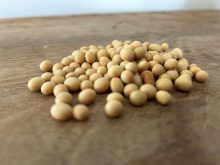This is usually the time of year when renewed optimism surfaces amongst cattle buyers as feedlots are anxiously placing market orders for fresh yearlings and calves. However, general comments from the industry reflect lacklustre buying interest for all categories of replacement cattle.
While certain Alberta feeder markets were steady to $2 higher in comparison to seven days earlier, auction barns in the eastern Prairies experienced a softer tone especially on non-feature fleshier cattle over 700 pounds. Buying interest from U.S. orders was also weaker, which was noted in Manitoba and eastern Saskatchewan.
Read Also

U.S. livestock: Cattle extend gains on improving cash prices, packer demand
Reuters — Chicago Mercantile Exchange live cattle futures set a three-week high and feeder cattle hit their highest level in…
The grain harvest is wrapping up across Western Canada and despite barley trading at $185 per tonne in southern Alberta, the feeder market has not adjusted to the lower input costs.
Feather light calves under 400 lbs. are trading in a wide range with heifers selling from $150 to $175 per hundredweight (cwt) and steers from $160 to $200/cwt. Simmental steers averaging 500 lbs. were quoted at $158/cwt in southern Alberta. In central Alberta, exotic steers weighing just over 700 lbs. sold for $161/cwt while similar cattle were trading at $150 in central Manitoba. A larger group of Angus-based heifers averaging 825 lbs. sold for $138/cwt delivered in the Lethbridge area. Alberta packers were buying fed cattle in the range of $118 to $120/cwt.
The U.S. Department of Agriculture’s cattle inventory report was considered friendly for the cattle market longer-term, as feedlot placements during August showed a year-over-year decline of 11 per cent. While beef production is expected to drop in the fourth quarter, the fed market has remained relatively stagnant due to limited spending from the price-conscious consumer. Wholesale beef prices remain under heavy resistance with inflation running at 1.1 and 1.5 per cent in the U.S while disposable income is similar to year-ago levels.
Break-even prices for pen closeouts are slowly declining due to weaker barley prices. I think once we see a full round of profitable feeding margins, prices for replacement cattle will adjust to the lower feed grain values in Western Canada. Earlier in spring, I was surprised by the number of medium-sized feedyards that were idle or closed for business, which has also resulted in lower demand for feeder cattle.
— Jerry Klassen is a commodity market analyst in Winnipeg and maintains an interest in the family feedlot in southern Alberta. He writes an in-depth biweekly commentary, Canadian Feedlot and Cattle Market Analysis, for feedlot operators in Canada. He can be reached by email at [email protected] for questions or comments.














